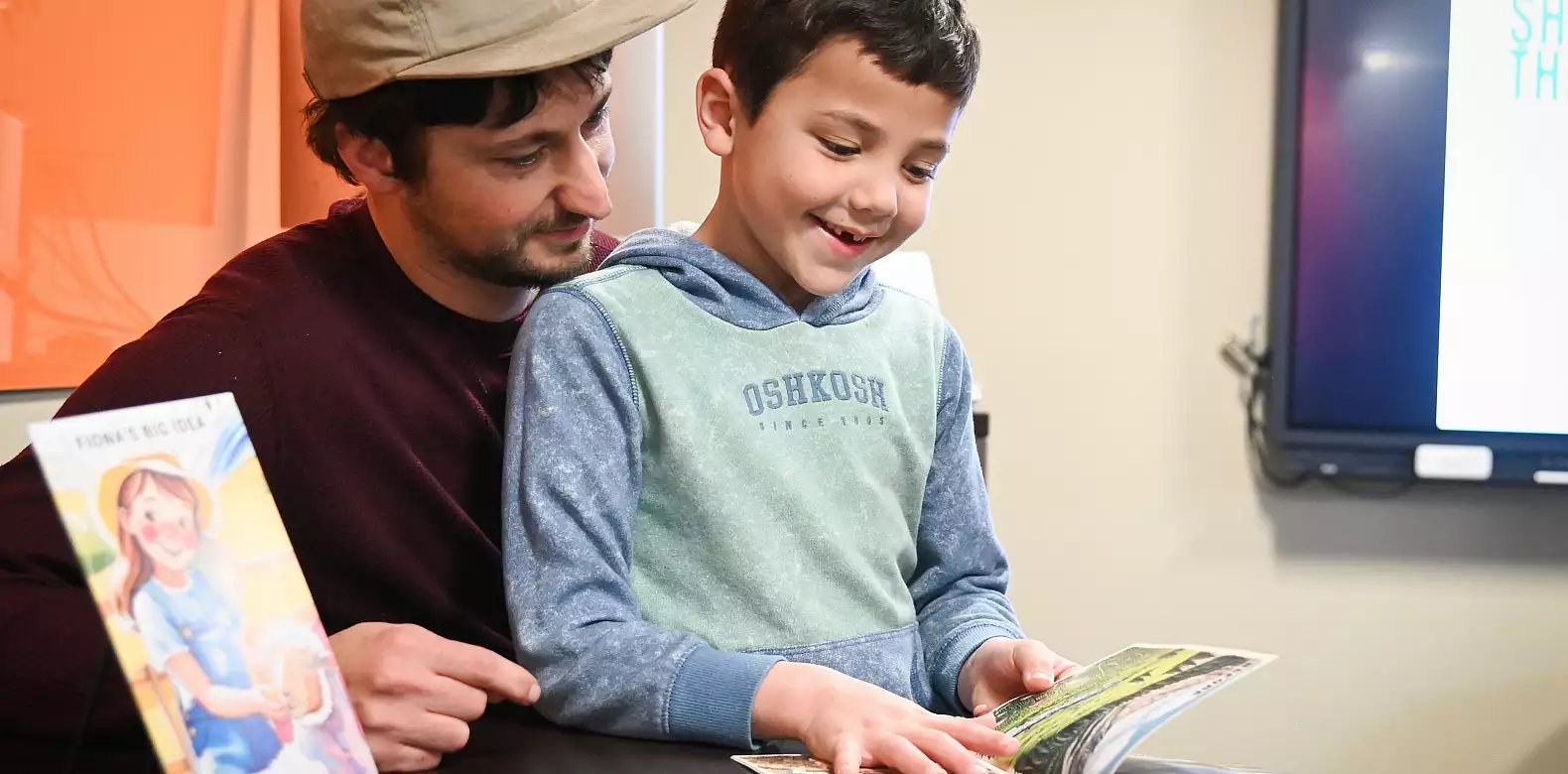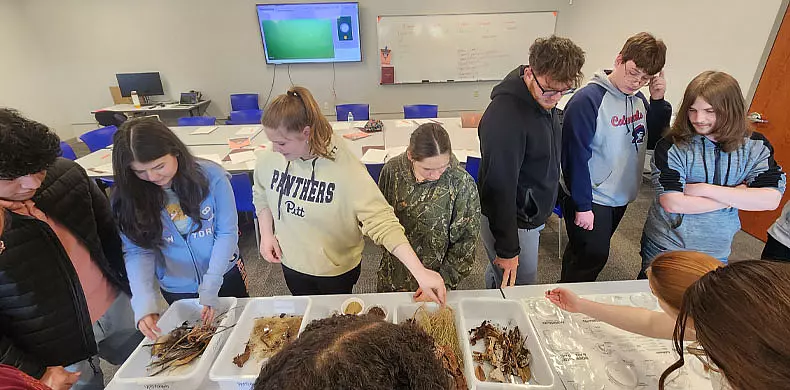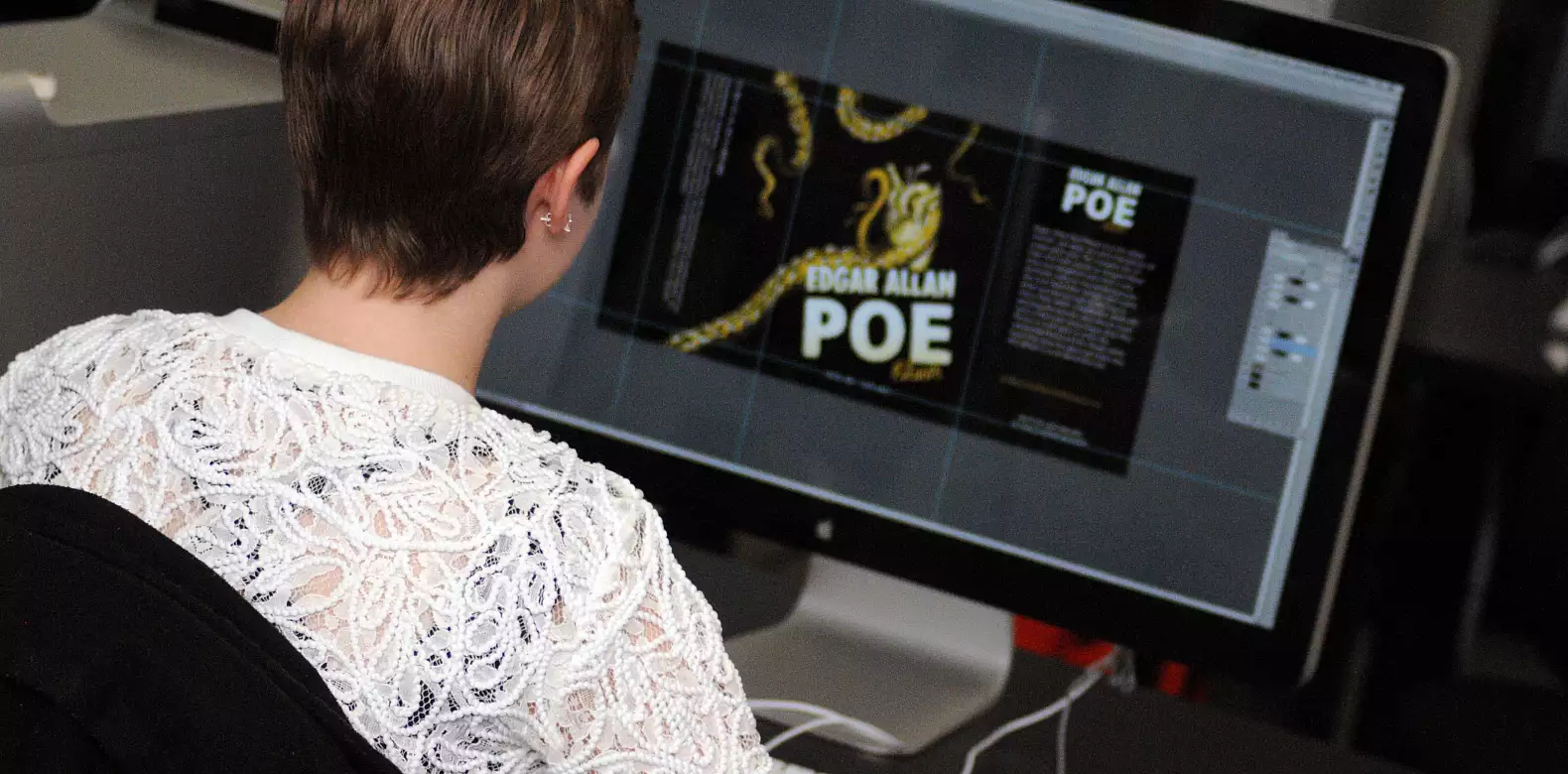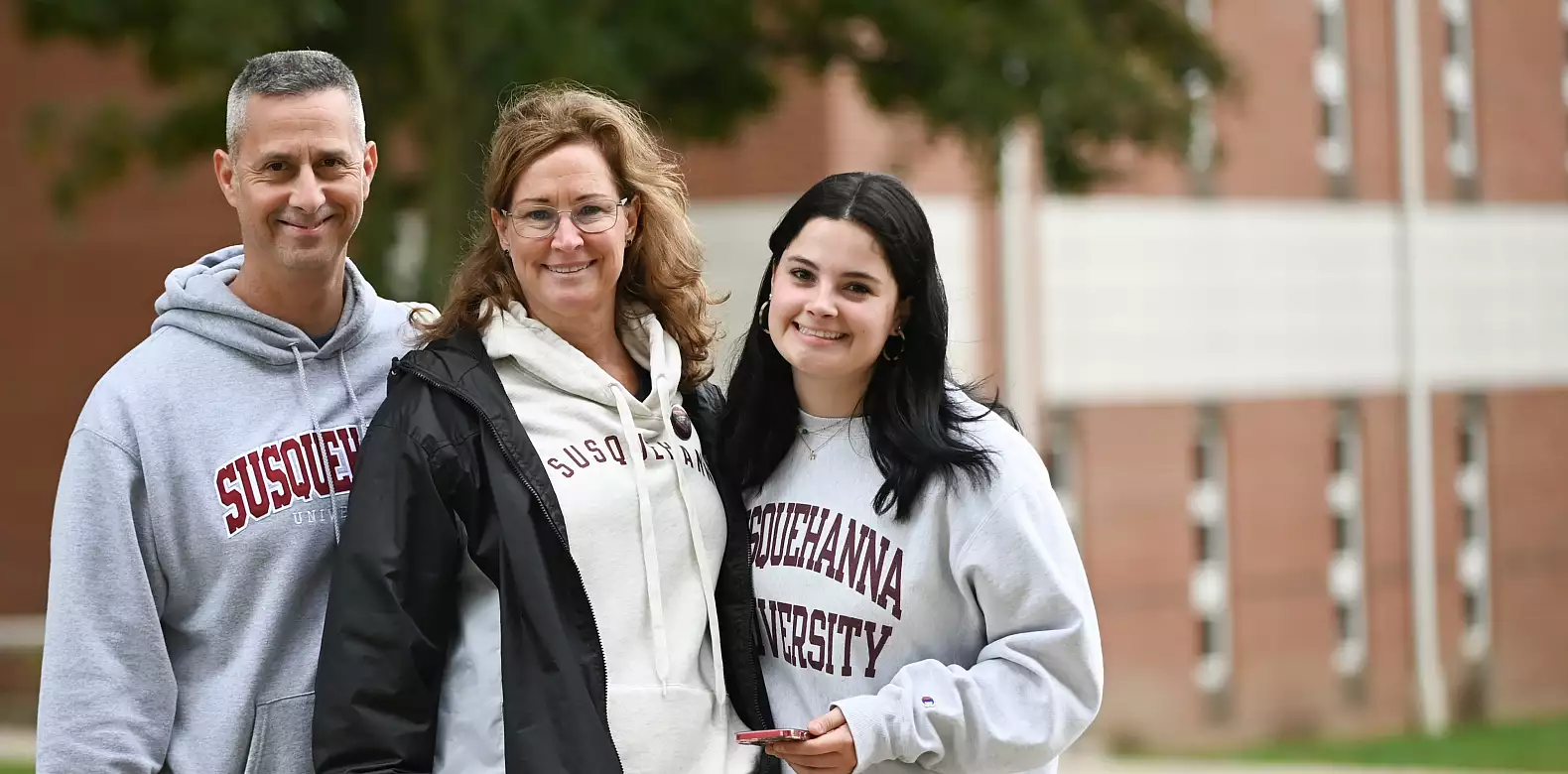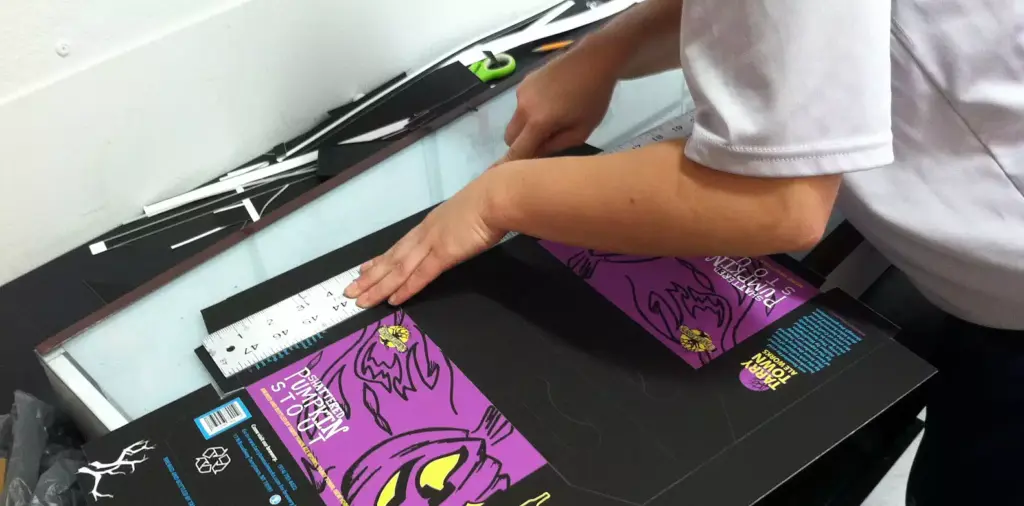An asthmatic oyster, a sad sasquatch and color-changing coral. All are characters in a collection of children’s stories written by Susquehanna University students and based on scientific research.
“Climate change research is critical, but complex science can be hard to communicate, especially to children, which creates a gap that limits public understanding and action,” said Siobhan Fathel, assistant professor of earth & environmental sciences. “We are experiencing a time in which science is under scrutiny, but I think talking about science and being able to make it accessible is what we have to focus on.”
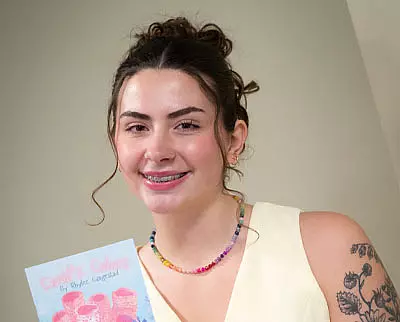
Students in Fathel’s Climate and Global Change course recently tackled this problem when they translated peer-reviewed scientific journal articles into children’s books. Every story focuses on an impact from climate change, and cites the research article that inspired it. Each book is also accompanied by a parent and educator guide that explains the science behind the story, directs them to additional information and gives them a list of action items to help the environment.
Coral’s Colors by Rhylee Gangestad ’25, an environmental studies major from Hagerstown, Maryland, follows a coral character and her ocean friends as they experience a bleaching event caused by climate change.
“The theme centers around environmental resilience, human responsibility and hope while the story introduces young readers to coral bleaching in an age-appropriate, emotionally engaging way,” Gangestad said. “The illustrations are bright and expressive and show the ocean both in distress and in recovery, depending on human action.”
Gangestad’s scholarly inspiration came from her lifelong love of the ocean.
“Growing up, the beach was always a place of beauty and joy during family vacations. I believe many kids see it that way too, which makes the idea of losing it feel personal and real,” Gangestad said. “That’s why translating such an important topic into a format that could reach children — and inspire them to care about the planet — felt especially meaningful to me.”
After choosing her research article, Gangestad read and annotated the article, pulling out key terms, causes and effects. She then brainstormed how to personify the coral and bring emotion and storytelling into the science. She wrote the story in rhyme to make it fun and readable for young kids, while still keeping the core scientific ideas accurate. For the visuals, Gangestad worked in the graphic design platform Canva.
“One challenge was simplifying the science without oversimplifying or losing accuracy. Coral bleaching involves complex biological and climate systems, so I had to distill that into something a child could understand,” she said. “Another challenge was finding the right tone — balancing the seriousness of climate change with a message of hope and action.”
From the Chesapeake Bay to the Pinewood Forests
In Oscar the Oyster, the main character lives in the Chesapeake Bay and loves playing soccer. But with rising temperatures exacerbated by a nearby power plant, Oscar and his bivalve buddies can only play soccer for a few minutes before a seagull referee is forced to end the game early.
The book was written by Maryland natives Cate Chodnicki ’25, an environmental studies and international studies double major from Bel Air, and Sean Yamada ’25, an environmental studies major from Brookeville. For background, they used a study that examined the impacts of hypoxia and warming waters on oyster growth and health.
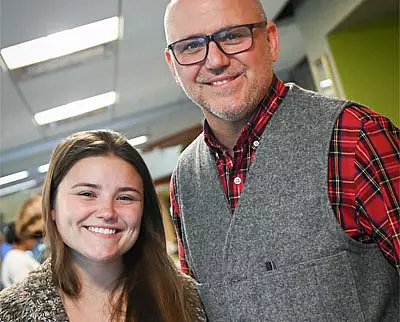
“Oysters are integral to the health of the Chesapeake Bay because they are natural water filters, filtering pollution and sediment as they feed,” Chodnicki said.
Evan Heisler ’26, an ecology major from Camp Hill, Pennsylvania, and Sylvia Kniss ’25, an earth & environmental sciences major from Kempton, Pennsylvania, wrote Sadsquatch about a giant purple sasquatch who is heartbroken when her little bird friends migrate farther north to more suitable habitats with cooler climates.
“The story is about friendship but it is inspired by a highly comprehensive scientific study on climate change impacts on bird migration that draws on data from the past 100 years,” Heisler said.
Other students created books that touch on extreme weather, arctic ice melt, drought and more.
